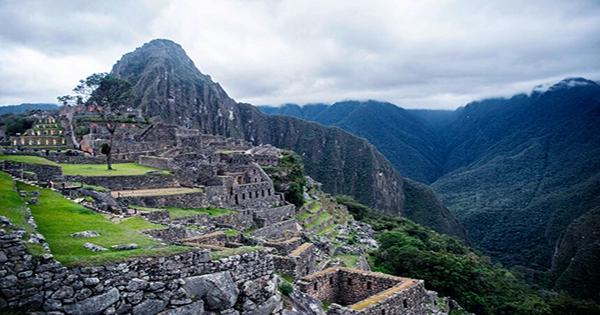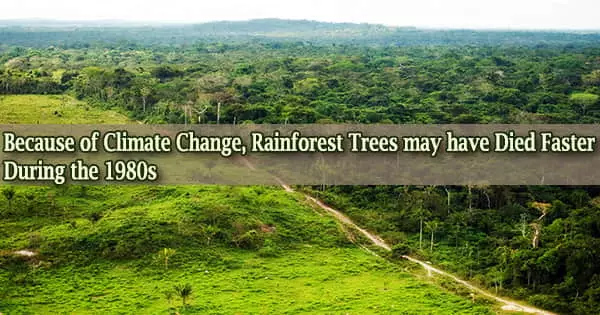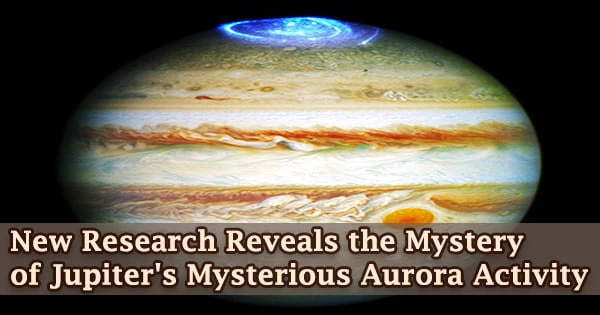Since its re-discovery by an American adventurer in the early twentieth century, one of the world’s contemporary wonders may have gone by the wrong name. Hiram Bingham popularized Machu Picchu as one of the world’s most famous tourist destinations in 1911, but a recent study suggests that he may have gotten his wires crossed while proclaiming the name of the ancient Inca city. The archaeological jewel rests in a small saddle between two mountain peaks high above the Urubamba River in the Peruvian Andes. The largest of these is Machu Picchu, which rises to roughly 3,000 meters above sea level, and the smaller is Huayna Picchu, which rises to 2,700 meters above sea level.
According to new research published in awpa Pacha: Journal of the Institute of Andean Studies, the famed colony was called after the shorter mountain and was therefore known to the region’s ancient indigenous inhabitants as Huayna Picchu. After re-examining Hiram Bingham’s field notes, as well as local maps published in the 19th and early 20th centuries, and older papers written by Spanish colonial rulers hundreds of years ago, the research authors came to this conclusion. They were able to unravel the riddle surrounding the site’s previous name and retell the narrative of how Bingham came to misidentify his find.
The scholars point out that a village called ‘Huaina-Piccho’ in the highlands above the Urubamba River is mentioned in an atlas of Peru set out by one Carlos B. Cisneros in 1904 — seven years before Bingham’s trip. When the writers go back farther in time, they discover this term in documents recorded by Spanish hacienda owners shortly after the conquistadores established control of the region. One such letter, dated 1588, describes how the indigenous people of neighboring Vilcabamba wanted to return to the old village of ‘Vayna Piccho,’ where they planned to abandon Catholicism and return to their traditional religion. Meanwhile, a second record from 1714 mentions the old Inca settlement of ‘Guayna Picho.’
The location had long ago been forgotten by the time Bingham started out in quest of the ruins, prompting him to characterize it as “an Inca city whose name has been lost in the shadows of the past.” Despite this, his field notes show that he was told by the Urubamba subprefect that the location he was looking for was Huayna Picchu. However, the misunderstanding originates with Melchor Arteaga, a local who lived near the pre-Columbian remains and guided Bingham in 1911.
After guiding the explorer to the city, Arteaga said that it was known as ‘Macho Pischo,’ but this was later refuted by Ignacio Ferro, whose father owned the property where the site is located, who told Bingham that the old city was actually known as Huayna Picchu. Bingham’s choice to adopt the name Machu Picchu was based on “an initial misconception… that has been blindly repeated throughout the past century,” according to the study’s authors.
They also point out that “until word of Bingham’s expedition erupted around the world in 1912, there was no reference to an Inca metropolis called Machu Picchu.” They believe that “the Inca city was initially named Picchu, or more likely Huayna Picchu, and that the term Machu Picchu became connected with the remains starting in 1911 with Bingham’s writings,” based on their results.
















